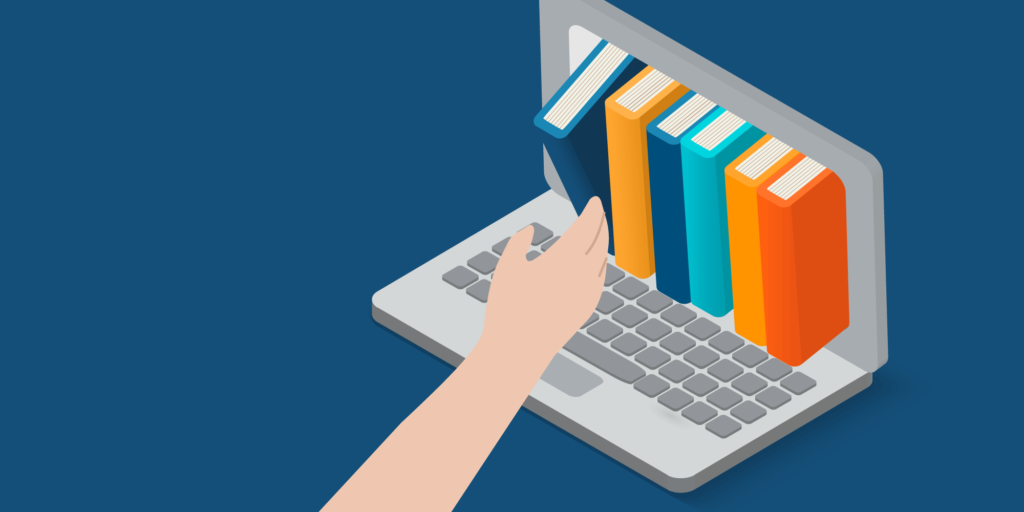With E-learning, educators and students have got an excellent platform to enhance their learning and teaching methods. Students can develop their learning skills in a better way, with the importance given to more absorbing than listening. Having an enormous scope to discover new ways to approach problem solving and decision-making concepts, E-learning has made it possible even to spot flaws in existing concepts. Let’s understand in brief six ways how E-learning has contributed to strengthening student learning and achieve innovation and creativity simultaneously.

Promoted Active Learning and Critical Thinking
With the growth of E-learning in modern times, it has given more emphasis on the active learning process. It helps students or learners to deconstruct the principles and draw their conclusions. Thus, it reinforces the need to exceed their learning boundaries and overcome the biggest challenges of the short attention span most students face. Online education has promoted ways to help students get engaged with their subjects and dive into methods that help them retain their study material.
Reinforced Active Participation
Unlike traditional learning, students can shift their learning paradigm into reality by understanding the core processes of the lesson. With the help of E-learning and various multimedia approaches, students can actively participate and understand the subjects more thoroughly, thus achieving a step in the process of improvement. While the E-content provides updated content, it helps a learner to harmonize with the world and keep themselves with the knowledge of essential processes and procedures.
Provided Personalized Lessons with Flexible Learning Paths
Online learning lessons are designed in a more personalized way to meet the knowledge requirements of each student. As every child has a different speed and technique to grasp the subjects, online lessons are flexible enough to cater to every child’s needs. Having a broad scope of various learning activities like visual learning, auditory learning, E-learning has tailored flexible learning paths that every student can choose for their independent learning. Janison elearning content is designed with illustrations, infographics, and other vivid images to lend highly effective means to enhance student retention, which helps them achieve better grades.
E-learning has Encouraged Further Research
E-learning has broken all barriers of traditional learning and has given learners a gateway to further research and explore their content at their own pace. Having several playback facilities, rewind, and pausing on video or audio learning has helped a child understand, learn, and memorize the content at their speed. It has given educational freedom to learners to motivate them to evolve in this digital era to grow and survive.
Has Given Informal Assessments to Motivate Learners
With a range of evaluation and assessments, E-learning lends a standardized testing method. It helps to improve the learning skills more genuinely by providing teachers with an opportunity to detect a student’s intelligence. They can check and keep track of student progress at all times. The students are not limited to curriculum knowledge, but with informal assessments, it has motivated them to a vast unlimited source of learning with an optimized learning experience.
Achieved a Collaborative Learning Approach
In comparison to traditional learning, we can see that E-learning has given a collaborative approach to learning in the form of discussion. It has initiated reciprocal measures that weren’t identified in traditional classrooms. E-learning has developed students’ learning strategies and helped them express their doubts and opinions with clarity. Discuss their feedback with their educators promptly. This culture of communication has thus given a more comfortable learning experience to E-learning.





